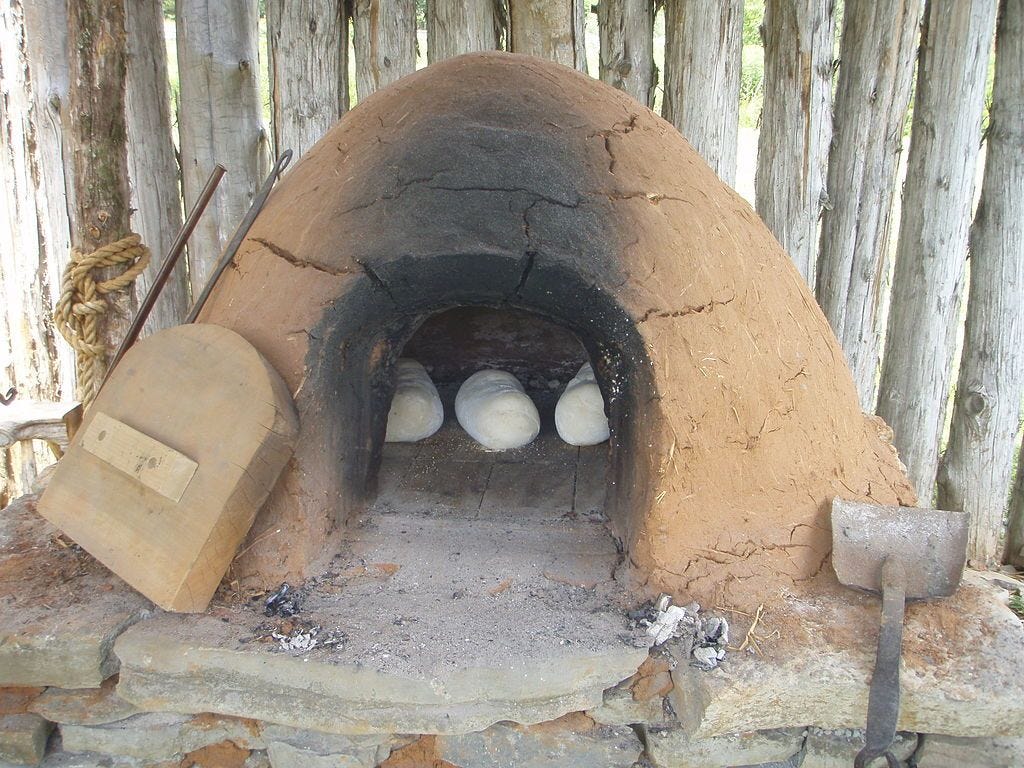One of the major temples in the fantasy culture I'm developing is devoted to food preservation and preparation, so I needed to find out more about ancient ovens. It's a more complicated topic than I thought it would be, honestly.
Quick Facts
The oldest archaeological evidence of people using earth ovens for food preparation comes from about 30,000 years a…
Keep reading with a 7-day free trial
Subscribe to Manuscriptions to keep reading this post and get 7 days of free access to the full post archives.



